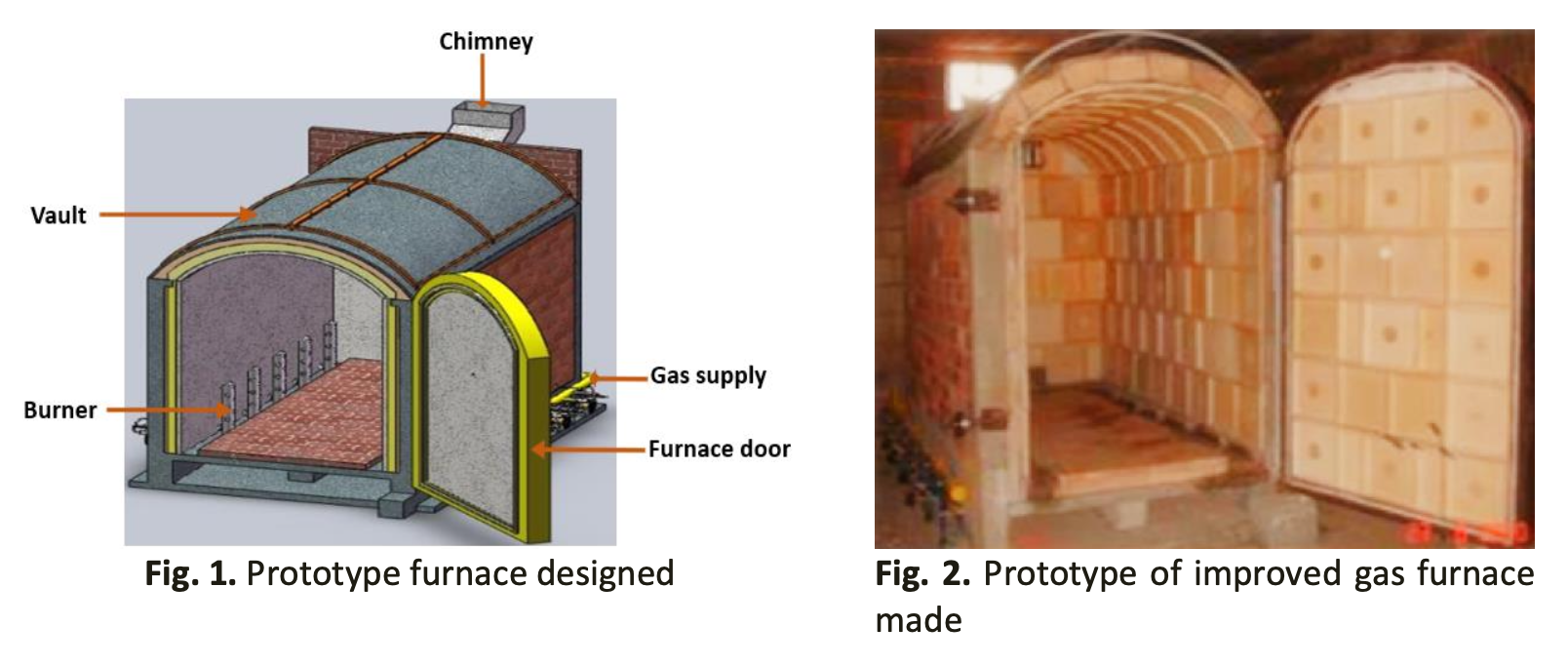Experimental Study and Energy Optimization of a Prototype Furnace for the Pottery-Ceramic Industry
DOI:
https://doi.org/10.37934/arfmts.98.2.4457Keywords:
Energy optimization, prototype furnace, heat transfer, firing pottery-ceramic, harmful emissionsAbstract
In the current context of global warming linked to a significant consumption of energy and the emission of considerable amounts of greenhouse gases, it is imperative to optimize the thermal operation of industrial furnaces to reduce consumption and protect our environment. The article focuses on the heat treatment of pottery-ceramic products in a prototype furnace to improve energy efficiency. And thus, the fuel consumption and the corresponding carbon dioxide emissions. In order to make a judicious choice of the best indicator that characterizes the energy efficiency (efficiency and power) and after simplifying the firing process we precede to a parametric identification; this was being done from the measurements made on the process. We propose a prototype gas furnace and we are doing a comparative study of randomly charging and with supports for the firing of ceramic products whose objective is the determination of the optimal operating conditions with respect to an energy criterion taking into account the quality of the product. In this work an experimental analysis with a specific energy consumption (SEC) of 1.15-1.38 kJ/kg prototype furnace is presented and compared to the experimental tests carried out at the traditional furnace of 6.75 kJ/kg used in the pottery-ceramic industry in Morocco. The results of this study show that for firing using supports canals leads to a product of good quality and with reduced consumption between four to six times less of that used by the traditional furnace. On the other hand, the finding of the study show that the prototype furnace emits 402.48 kgCO2eq less compared to traditional furnace (5875kgCO2eq) which allow us to reduce the harmful emissions.
Downloads

































